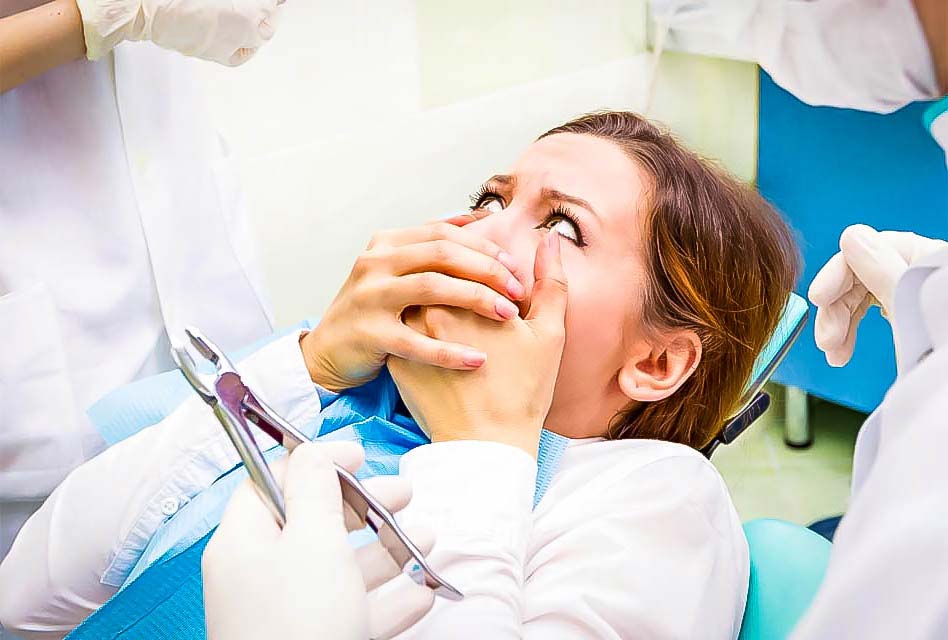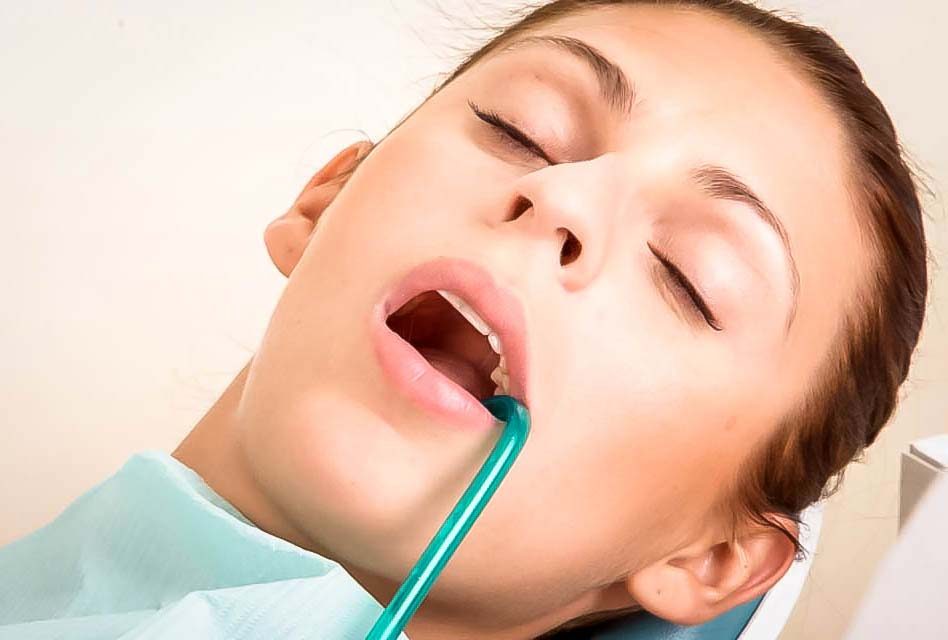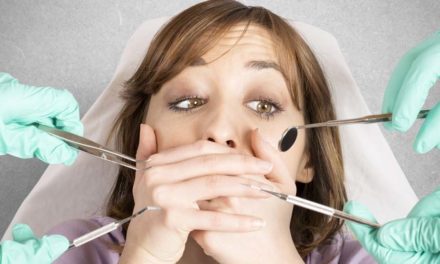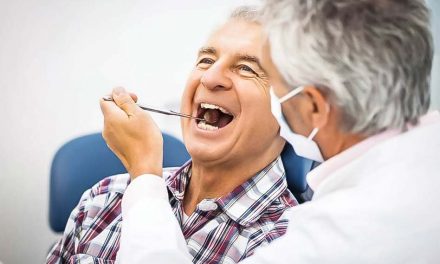Your dentist has access to many methods to help control anxiety, discomfort or pain when doing a dental treatment. Some methods, like local anaesthesia, are very common. Whereas other approaches may be used in only particular cases. It is important to mention to your dentist your metical condition and if you are taking any medications before choosing the correct anaesthesia or sedation method for you.
Topical anaesthetic
Before an injection topical anaesthetic may be used on the area of your mouth where the needle will be inserted. This will reduce any pain or discomfort from the needle. Topical anaesthetic comes mostly in gels or in spray.
Local anaesthesia
This type of anaesthetic is by far the most commonly used in dentistry. It consists of an injection, which has an effect that lasts one hour (short-acting), three hours (long-acting), or up to six hours (extra-long-acting).
The pain normally felt from the injection can be reduced if topical anaesthetic is applied before. There are rarely side effects. In most countries, there are no additional fees for this local anaesthesia.
Oral sedation
Oral sedatives are pill medications that may be taken before the appointment if a patient is very anxious or nervous. The pill may be either swallowed, or left to dissolve under the tongue. The oral sedative should be taken either an hour or half an hour before the dental treatment begins.
It’s important to arrive early before your appointment to let the pill ‘kick-in”. You also need to plan for someone to escort you home after your treatment.
IV sedation
 Intravenous conscious sedation is a method used to put the patient in deep relaxation when he or she has a lot of anxiety towards a treatment. IV sedation is mostly used during surgical treatments like wisdom teeth extractions.
Intravenous conscious sedation is a method used to put the patient in deep relaxation when he or she has a lot of anxiety towards a treatment. IV sedation is mostly used during surgical treatments like wisdom teeth extractions.
Usually an anti-anxiety drug is administered into the blood system before dental treatment. You do not exactly go to sleep, but you will be very relaxed and sedated, and you will not remember much of the treatment, as there is an amnesia effect.
Nitrous oxide
Nitrous oxide gas, or “laughing gas” is a colorless non-flammable gas with a pleasant, slightly sweet odour and taste that reduces the sensation of pain and creates a euphoric feeling. Some patients still feel discomfort while using nitrous oxide, and they require more local anaesthetic.
There is no “hangover” feeling afterwards. The effect is eliminated from the body within 3-5 minutes after the gas supply has stopped. You may drive home by yourself after the treatment without needing someone to escort you. Nitrous oxide is not recommended for pregnant patients, for patients who might be pregnant, and for patients who suffer from emphysema.
General anaesthesia
Certain conditions require the use of general anaesthesia usually in a hospital environment. If this is necessary, usually an anaesthesiologist will deliver the anaesthetic drugs while the dentist completes the oral treatment.
General anaesthesia is particularly used for young children with lots of cavities, when the dentist or paediatric dentist has trouble controlling the behaviour.
Hypnosis
Some dentists practice hypnosis in very special situations where patients do not adapt to any other anaesthetic methods. It’s an approach that may sometimes be effective.
The procedure usually requires more time on each appointment and more appointments than for other types of pain control.
References
- Oral sedation dentistry (Wikipedia).
- Lourenço-Matharu L, Roberts GJ, (Oral sedation for dental treatment in young children in a hospital setting). British Dental Journal. 2010 Oct; 209: 1-5
- Beirne OR. (Current and future research in dental sedation and anesthesia). Anesthesia Progress. 1986 Jul-Aug; 33(4): 193–196.
The information above should be used as a reference only. Any medical decision should not be taken before consulting a health care professional.
The masculine gender may have been more used in the article, but without prejudice, to make reading easier.
Category: articles
- 10 myths and facts about root canals
- 10 things you didn’t know about teeth
- 10 ways to crack or break your teeth
- 5 reasons why baby teeth are so important
- 5 things you didn’t know about wisdom teeth
- 5 ways to provide the best dental care for your children
- 6 reasons why flossing daily is so important
- 8 ways to stay kissable for Valentine’s Day
- Anaesthetics and sedation for oral treatments
- Bisphosphonates and oral health care
- Can good dental care save money?
- Cancer treatments and oral health
- Causes and consequences of tooth loss
- Dementia and tooth loss
- Dental avulsion: what to do when you have a knocked out tooth
- Diabetes and dental care
- Easter tips for healthy teeth
- Ebola virus disease
- Electric or regular, which toothbrush is better?
- Halloween, good and bad treats
- Heart disease and dental care
- How smoking affects dental and oral health
- How to have a beautiful smile?
- Invisible orthodontics
- Oral hygiene kit for travellers
- Precautions to take after dental fillings
- Pregnancy and dental care
- Sexual hormones – are women more susceptible to cavities?
- Smoking and gum disease
- Tips to overcome dental phobia and the fear of dentists





